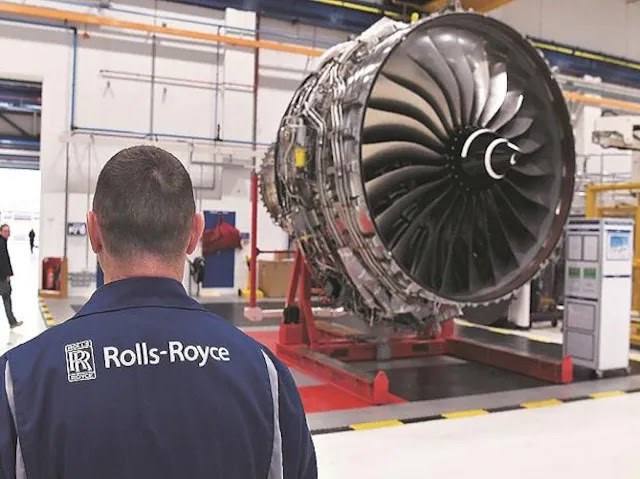
“We wish to partner with India for the co-development of combat engine technology in the country. We believe that such a partnership should result in a transfer of know-how and know-how,” says Rolls -Royce
By Vikas Gupta
Defence News of India, 14 Feb 23
While many of the world’s original equipment manufacturers (OEMs) echo Indian governments’ slogans of “Make in India” and “Atmanirbhar Bharat” (self-reliant India), British engine company Rolls-Royce has thrown his hat in the ring for design and develop engines for the Advanced Medium Combat Aircraft (AMCA), which will form the backbone of the IAF’s fifth-generation fighter fleet for a decade.
“It’s about co-creating the intellectual property (IP) that goes into a new fighter engine. It’s going to be an entirely new design and it’s going to take a decade to create,” says Kishore Jayaraman, who runs Rolls-Royce India.
Combat aircraft engine manufacturers are reluctant to share the intellectual property resulting from a co-creation project. The United States and India had launched a project to co-develop a fighter engine under the Defense Trade and Technology Initiative (DTTI), but the American companies decided not to share the intellectual property.
Similarly, the French engine manufacturer Safran was unwilling to cooperate with the DRDO to co-create the Kaveri engine.
“We want to partner with India for the co-development of combat engine technology in the country. We believe that such a partnership should result in the transfer of both know-how and know-how, with all intellectual property for critical combat engine technology resting in India, allowing for future customizations and improvisations” , says Jayaraman.
Rolls-Royce, however, emphasizes that it acted in accordance with the principles of Atmanirbharta for almost a century.
Jayaraman points out that the first mail delivery by air, which was made from Karachi to Bombay in 1932, was carried out by JRD Tata in a Puss Moth aircraft with Rolls-Royce engines. In 1936, the first Indian Air Force (IAF) squadron was established, flying Westland Wapiti aircraft fitted with Rolls-Royce engines.
In 1956, Hindustan Aeronautics Ltd (HAL) began a 50-year partnership with Rolls-Royce to manufacture the Orpheus engine. In 1981 the IAF began inducting the Jaguar deep penetration attack aircraft, which was powered by Rolls-Royce Adour 804/811 engines.
“We worked hand in hand with HAL to keep the Adour 804/811 in service for around 45 years. How many OEMs are willing to support an engine for that long,” says Jayaraman.
In the 2000s, HAL began manufacturing the Hawk trainer, while building the Rolls-Royce Adour 871 engines that powered it.
Now, says Jayaraman, Rolls-Royce is ready to take the next step, which is to design and develop aero engines in partnership with Indian companies. “We want to develop intellectual property in India,” he says.
Currently, some 750 Rolls-Royce engines power aircraft in service with the IAF, Indian Navy and Hindustan Aeronautics Limited (HAL).
Rolls-Royce also offers marine engines for the Indian Navy, including its MT-30 turbines, which Rolls-Royce’s Alex Zino describes as one of the most powerful engines in the world. The MT-30 provides all-electric propulsion to the Royal Navy’s Queen Elizabeth-class aircraft carriers.
India’s next aircraft carrier is designed as a 65,000 ton ship, similar to the Queen Elizabeth class.
Rolls-Royce subsidiary MTU, which was acquired by Rolls-Royce Power Systems, could also supply its MB 838 engine for a new 35-40 ton light tank that DRDO is developing for Indian troops in places such as the east of Ladakh, where the Indian army found itself facing Chinese tanks.






